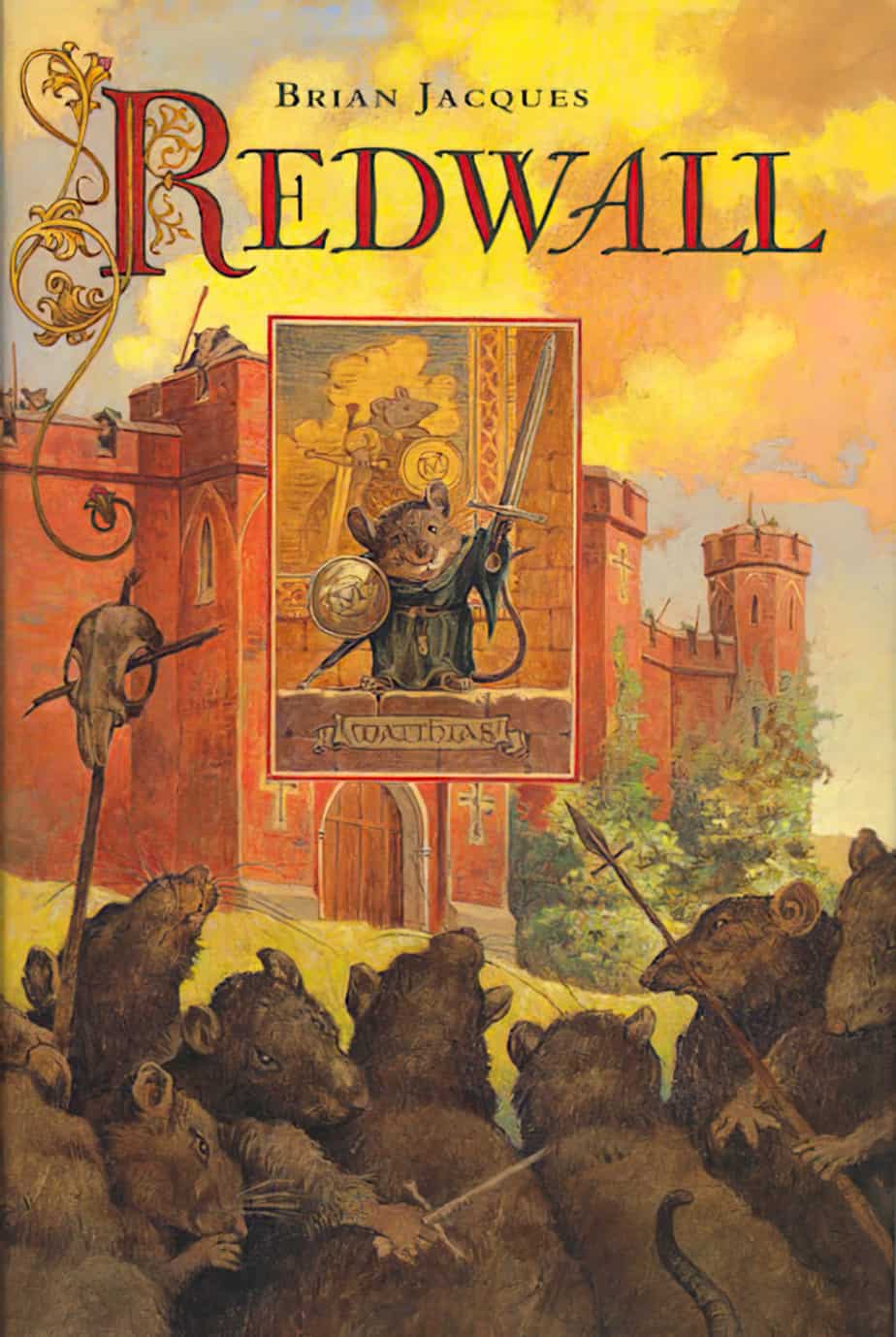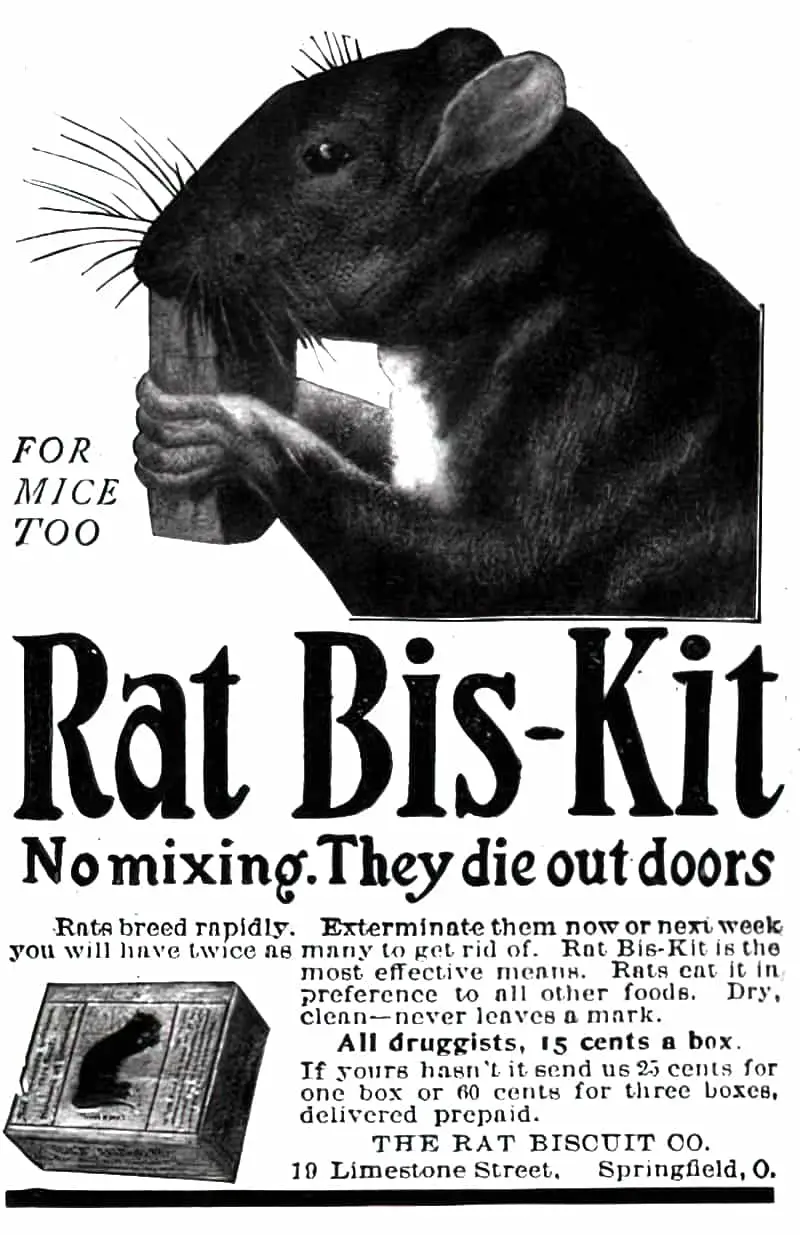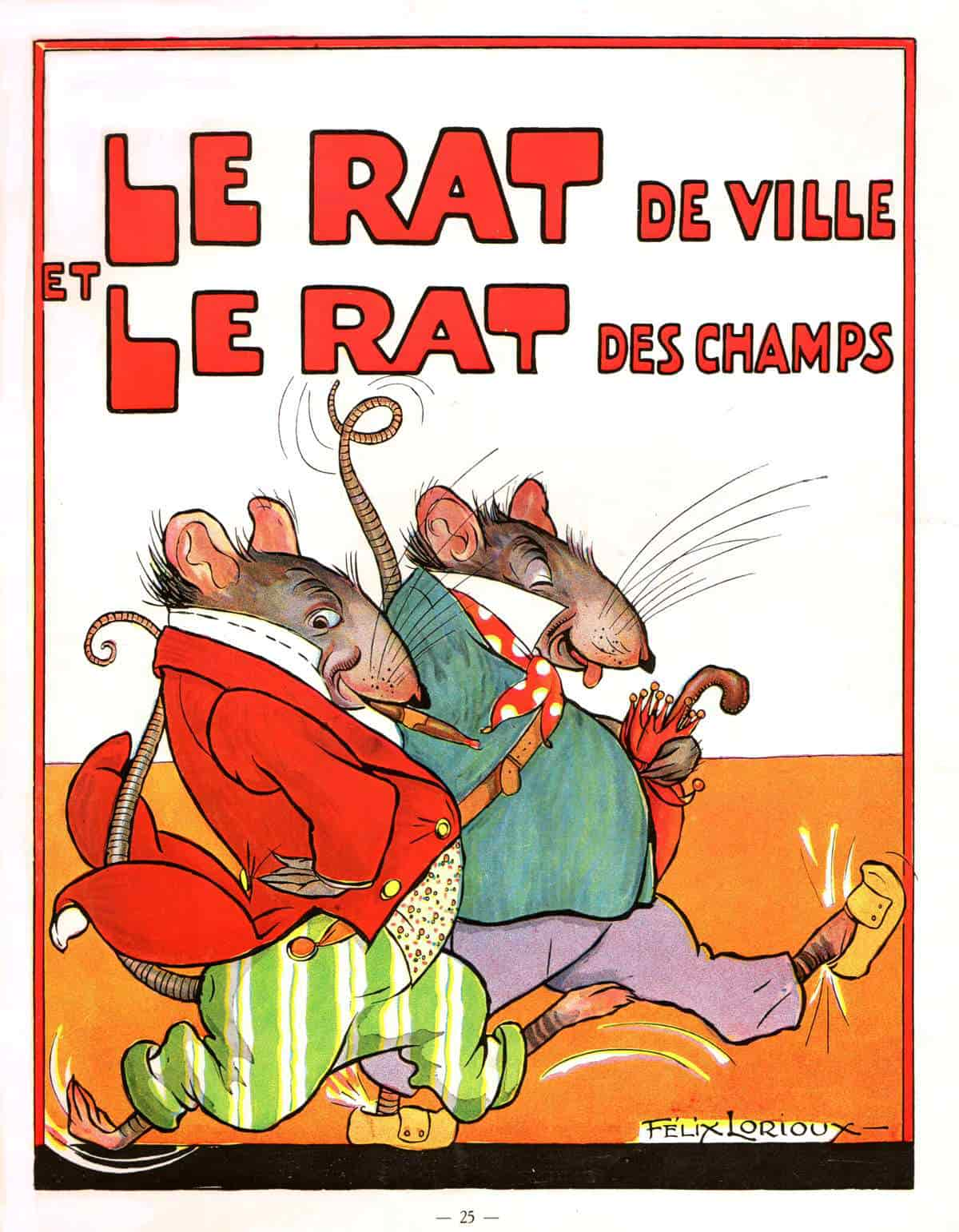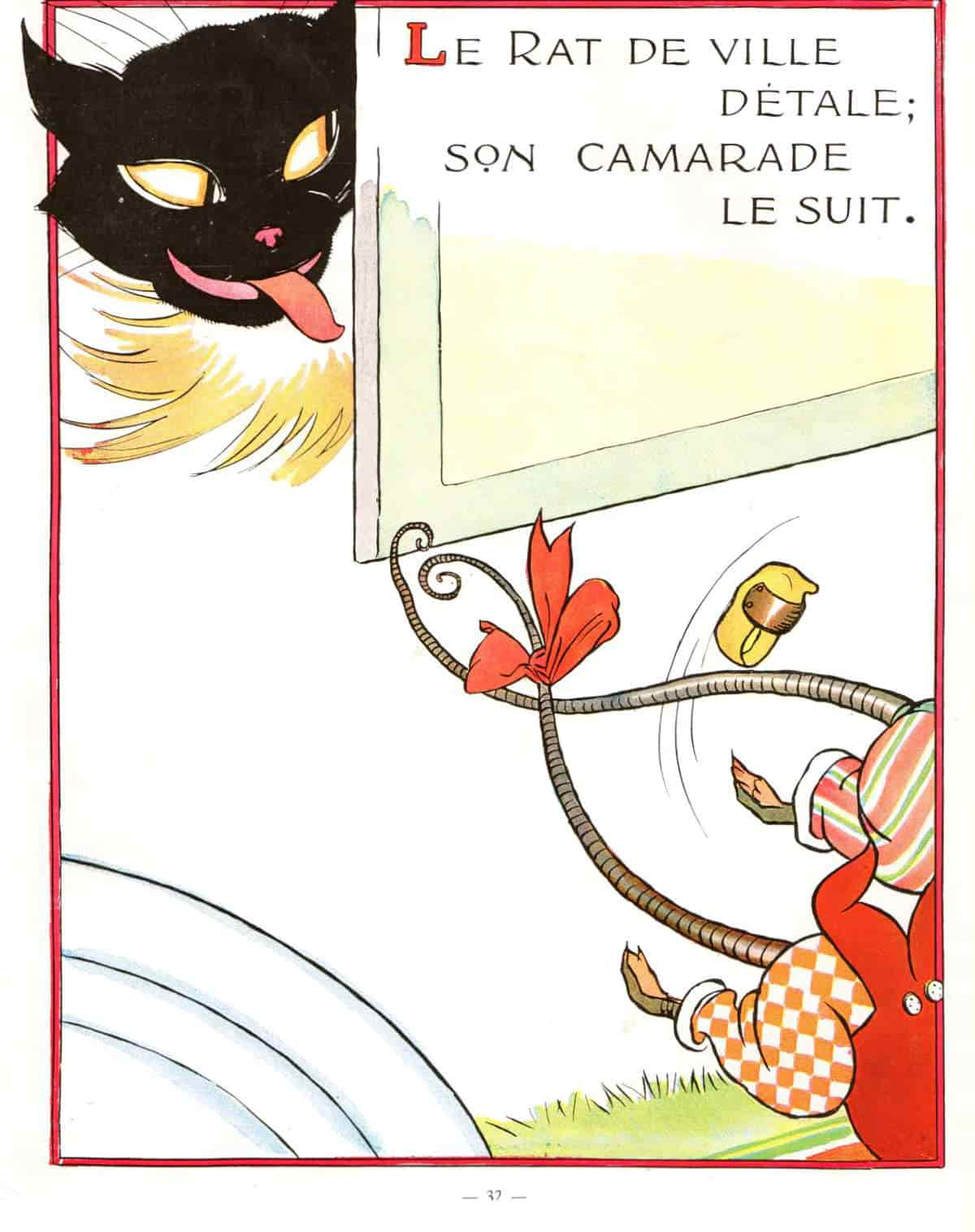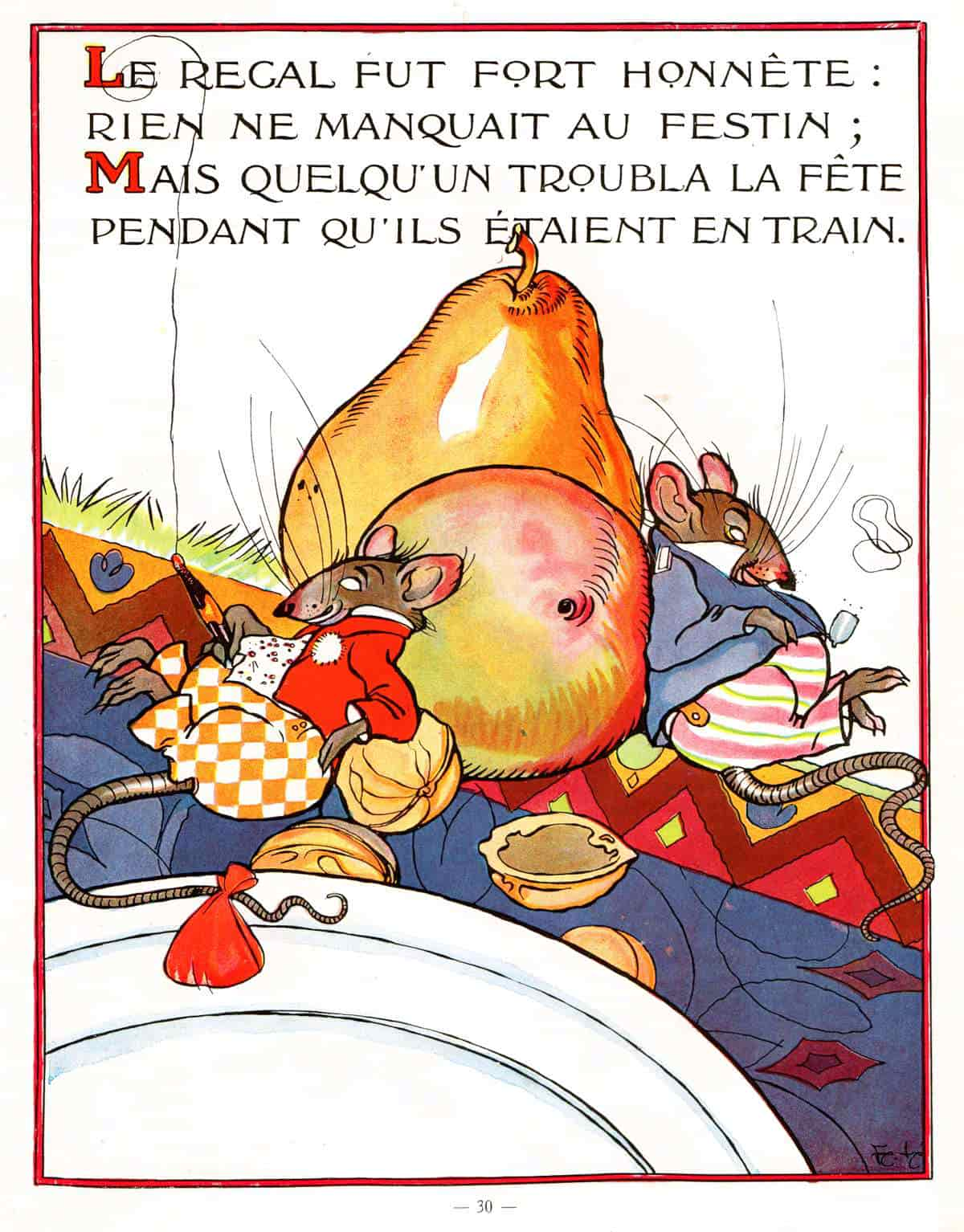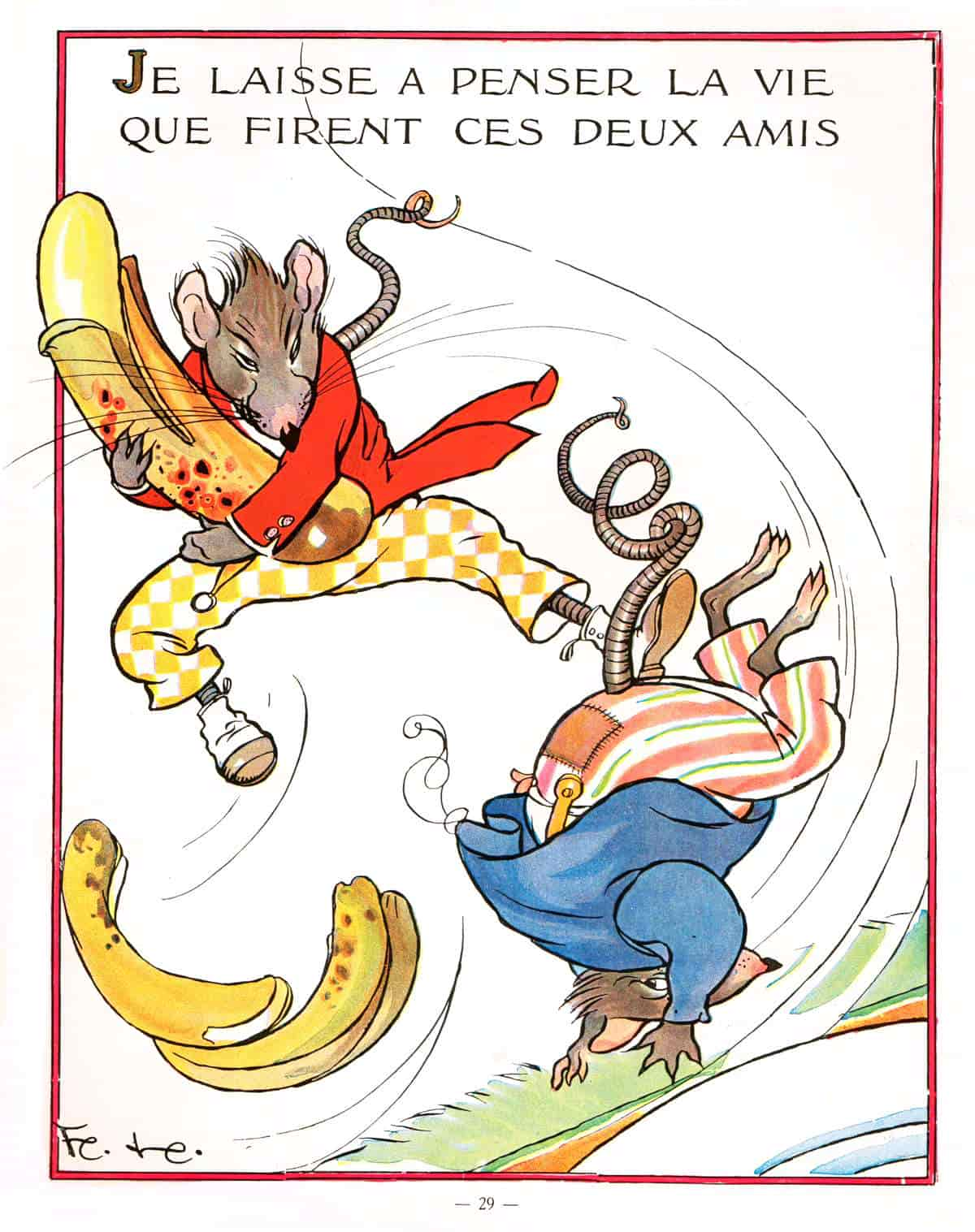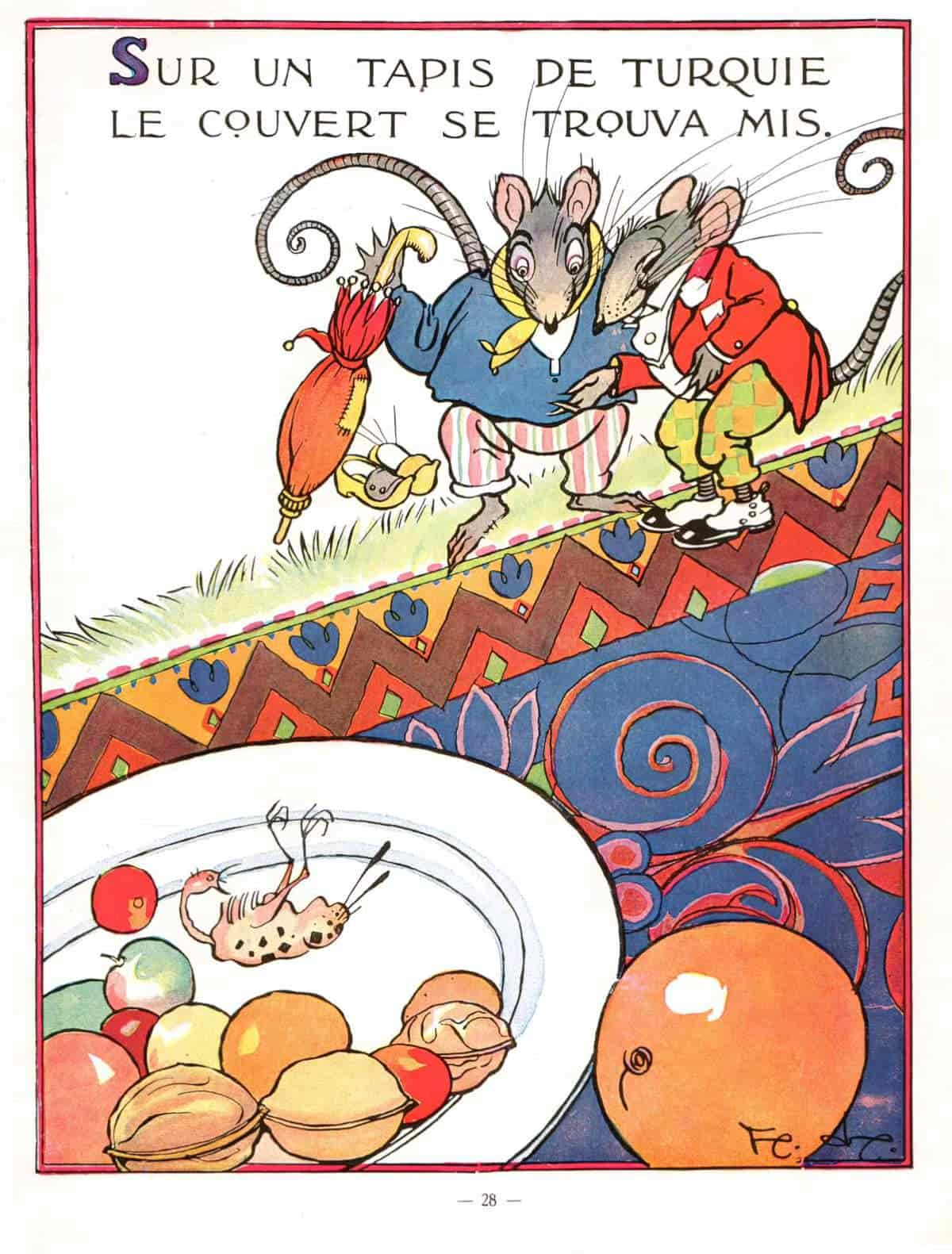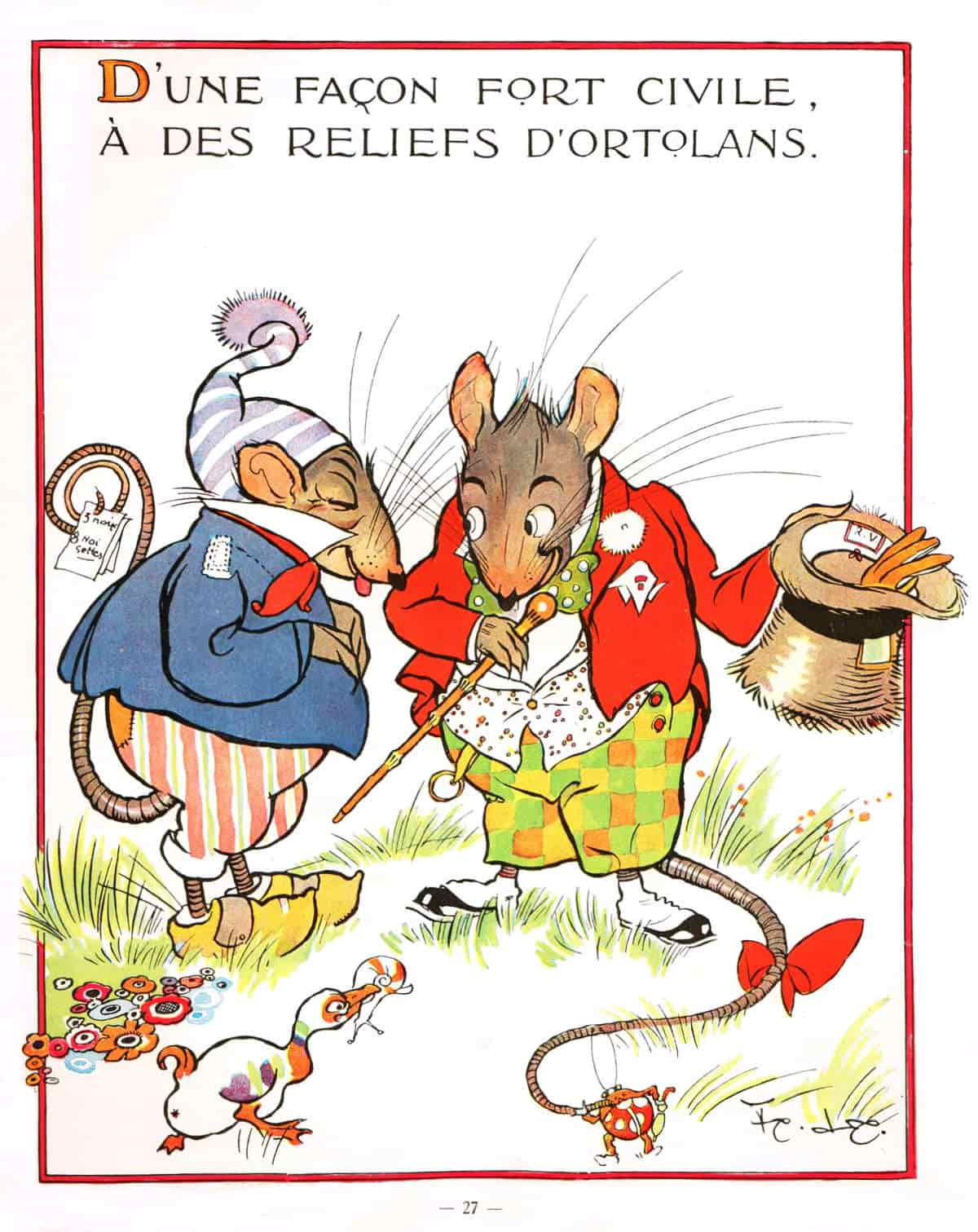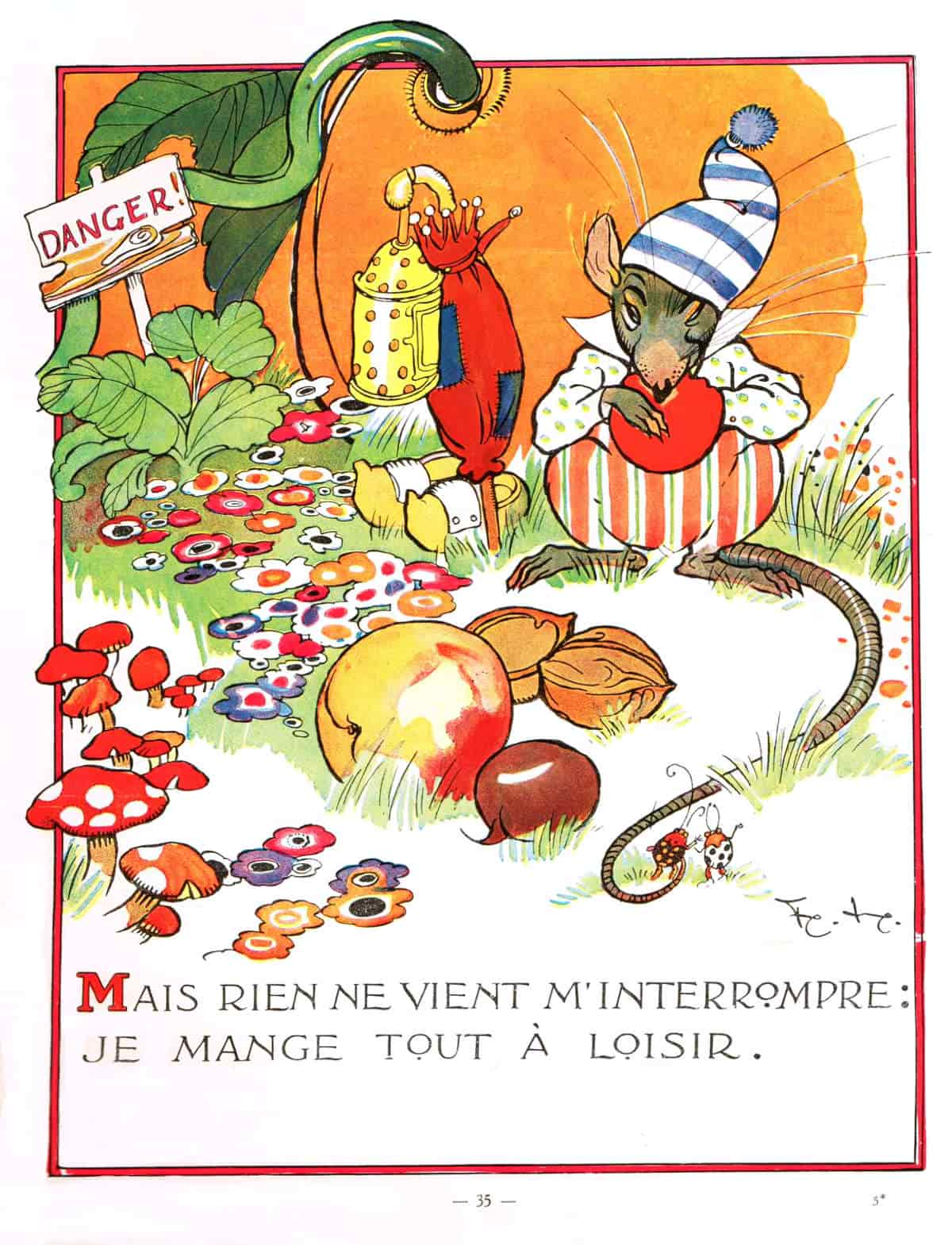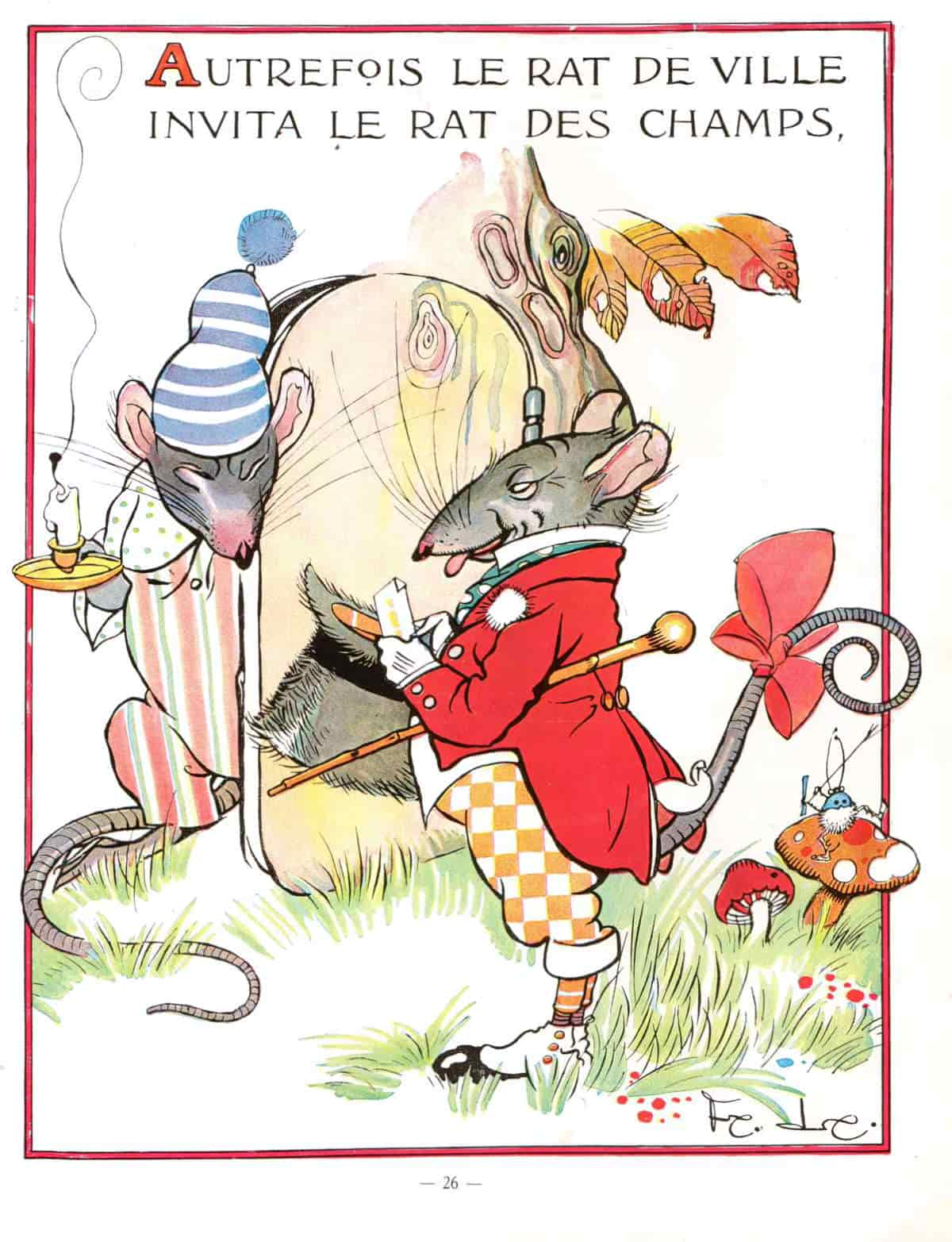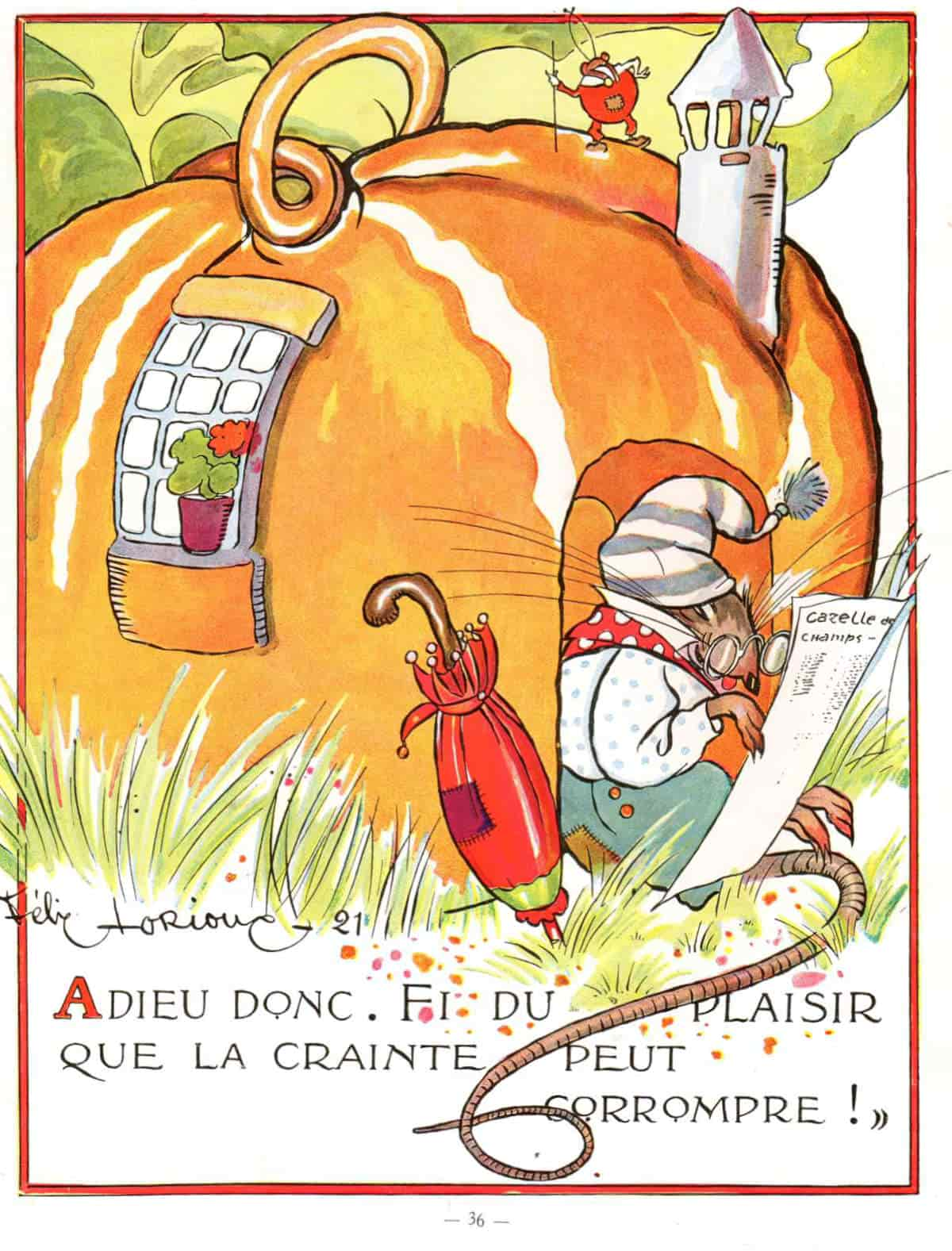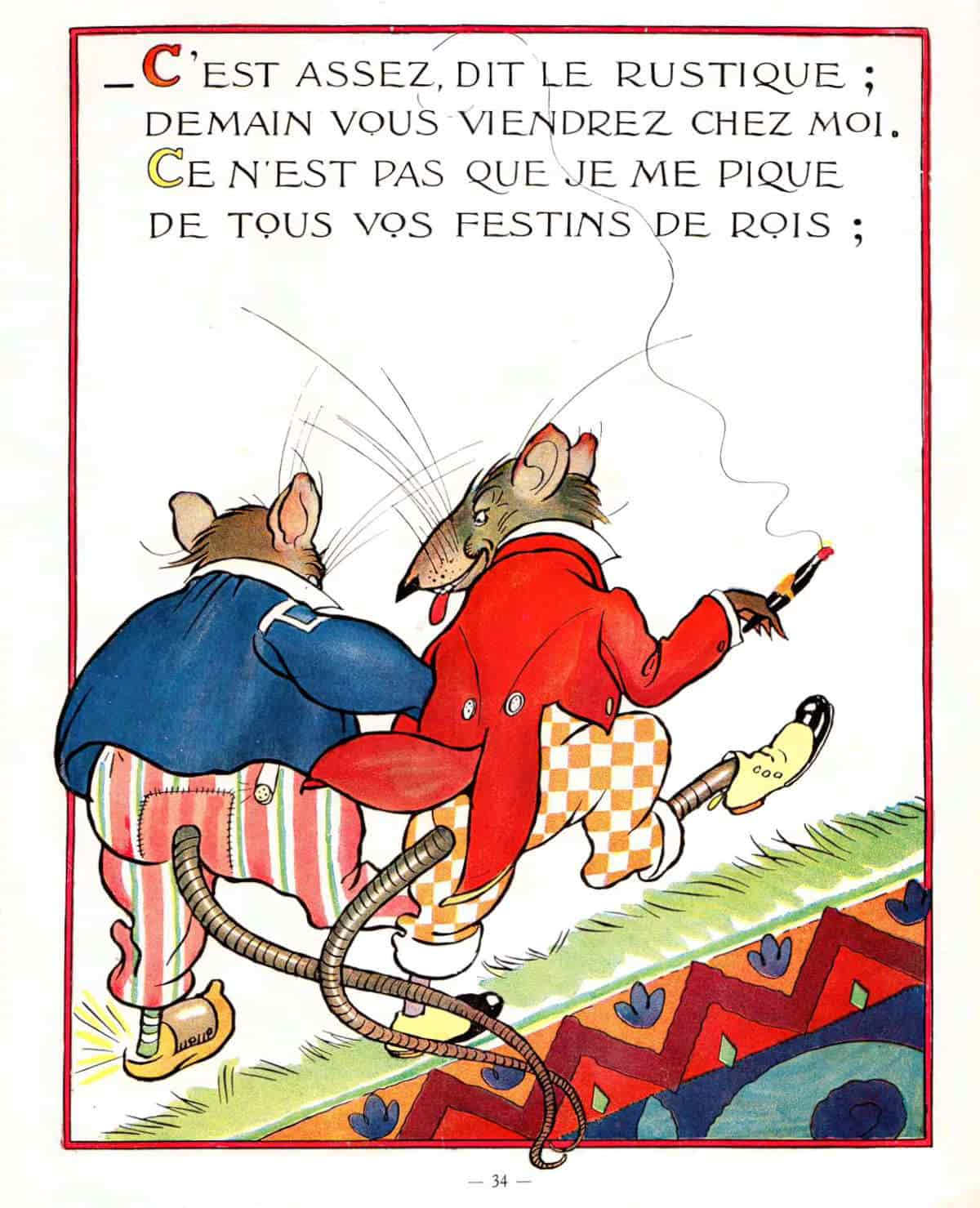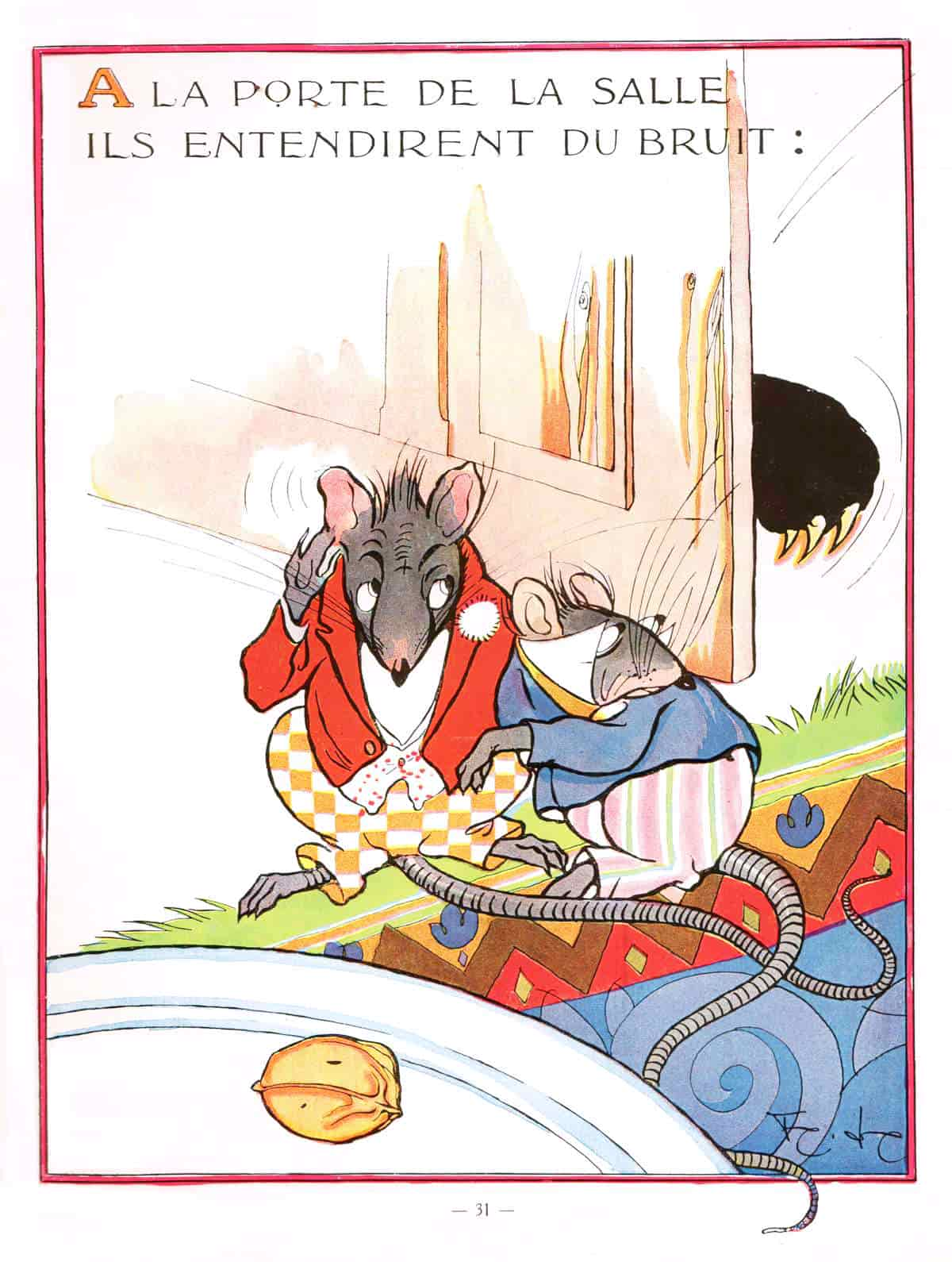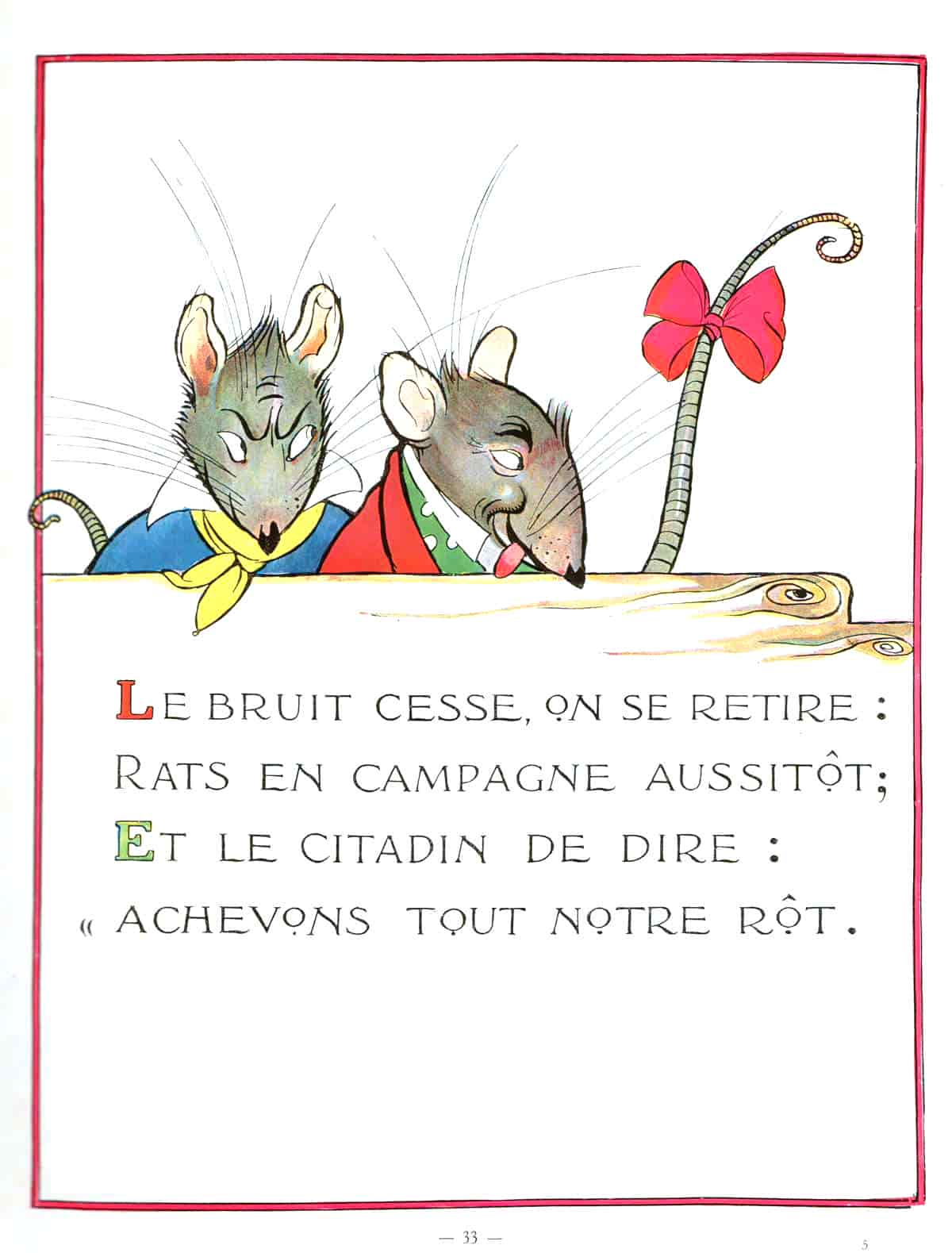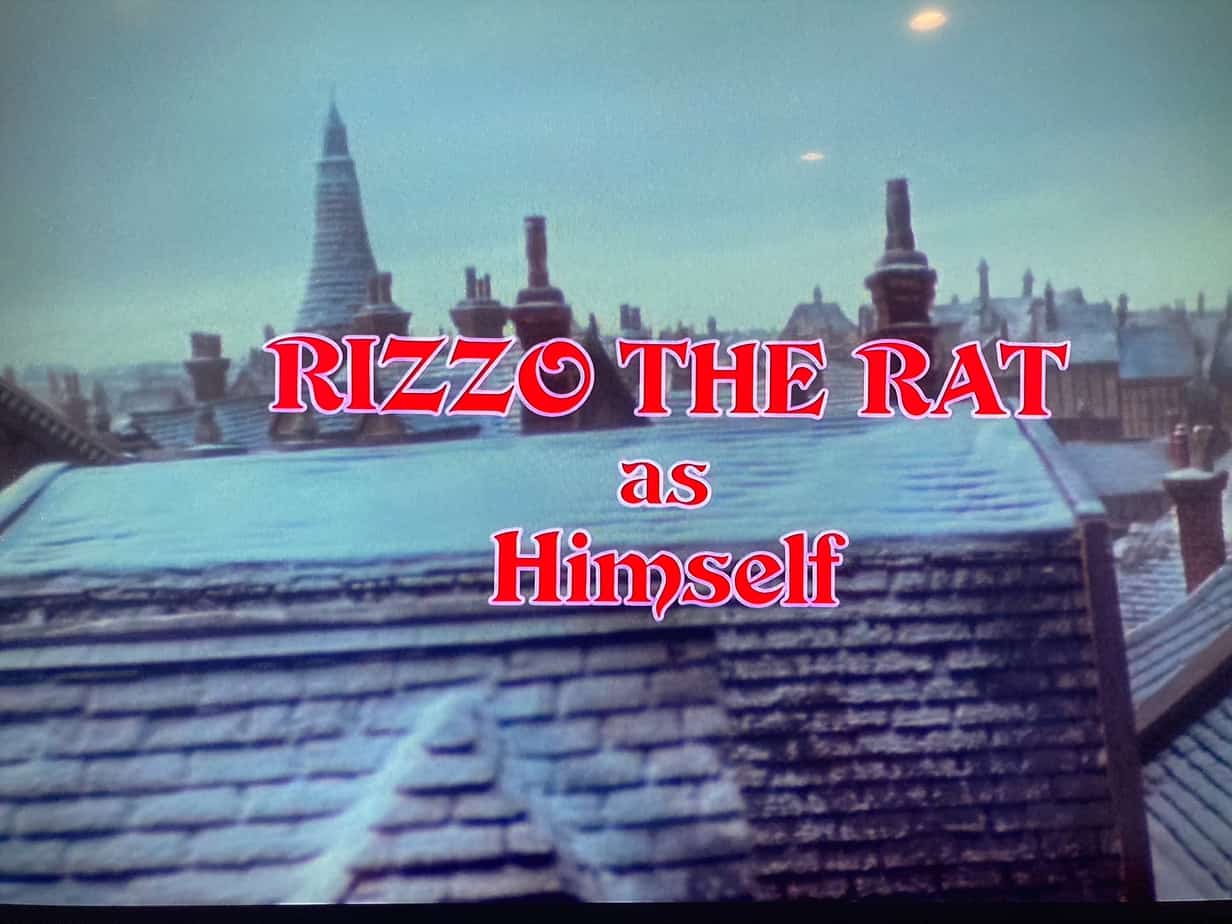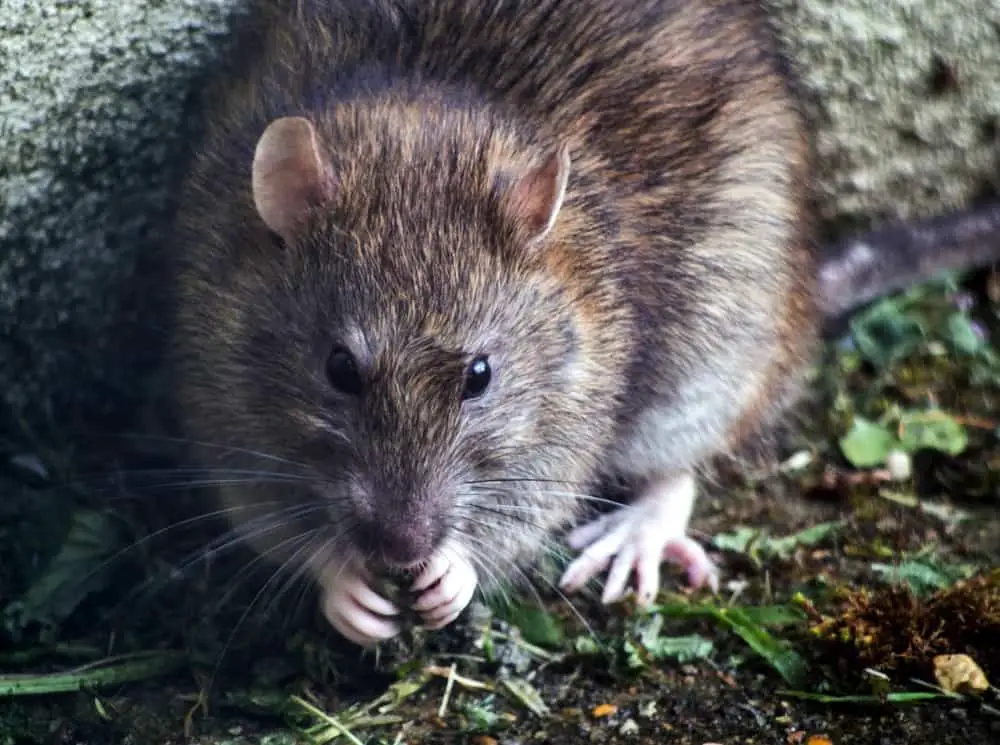I’m reminded of modern children’s literature, in which an underdog, much maligned character has his/her own back.
It’s pretty funny until you read the top commenter, pointing out that the rat probably has toxoplasmosis, a disorder of the brain. On the other hand, mice and rats alike aren’t timid at all when you consider how small and vulnerable they are compared to us, and how they hang around humans anyway.
THE LACK OF RATS IN CHILDREN’S LITERATURE
[A] recent meta-analysis of studies on species conservation in Australia found that, although conservation-based studies and efforts have expanded in recent years, taxonomic bias against “ugly” species exists in scientific reporting. Fleming and Bateman found that mammals considered as “ugly” and/or not “charismatic,” such as rodents and bats, were the subject of far fewer studies despite greater species diversity and a higher rate of extinction.
On The Politics of Ugliness (Introduction)
Sooo, compared to mice, rats are relatively uncommon in children’s literature.
There are a number of reasons for this:
First, mice are cute, and serve as stand-in children owing to their small, vulnerable size. Rats have long, worm-like tails and look at you as if they’re about to murder you. Their paws are large enough for us to notice they are uncannily like human hands.
Mice are widely represented in folktales, both as protagonists and as helpers. Apparently, there is a subconscious identification on the part of children’s writers of a small and helpless child with one of the smallest animals, also know–maybe without reason–for its lack of courage. While rats are in many children’s stories presented as ruthless enemies, mice–in reality similarly harmful–are portrayed as harmless and sympathetic. The emblematic meaning of animals in art and literature deserves special attention there is an enormous diversity between cultures. However, in most ancient mythologies, mice are chthonic animals, worshipped as powerful and benevolent towards humans.
Maria Nikolajeva, From Mythic to Linear: Time in Children’s Literature
Second, there’s a long history of tropes depicting rats as baddies, and the antihero isn’t very well explored (yet) in literature for young children.
See also: A list of rodent tropes at TV Tropes
This gets dark real quick when you realise that the trope of rats as baddies extends to real life.
Characterizing people as vermin has historically been a precursor to murder and genocide. The Nazis built on centuries-old hatred of Jews as carriers of disease in a film titled “Der Ewige Jude,” or “The Eternal Jew.”
INFEST — The Ugly Nazi History of Trump’s Chosen Verb About Immigrants
Third, there’s no Aesopian precedent for personified rats. Aesop has a much bigger influence on modern children’s literature than we might think. Take a look at the following word cloud, from a site which catalogue’s Aesop’s fables and you’ll notice that rats are entirely absent. Even mice aren’t all that common.
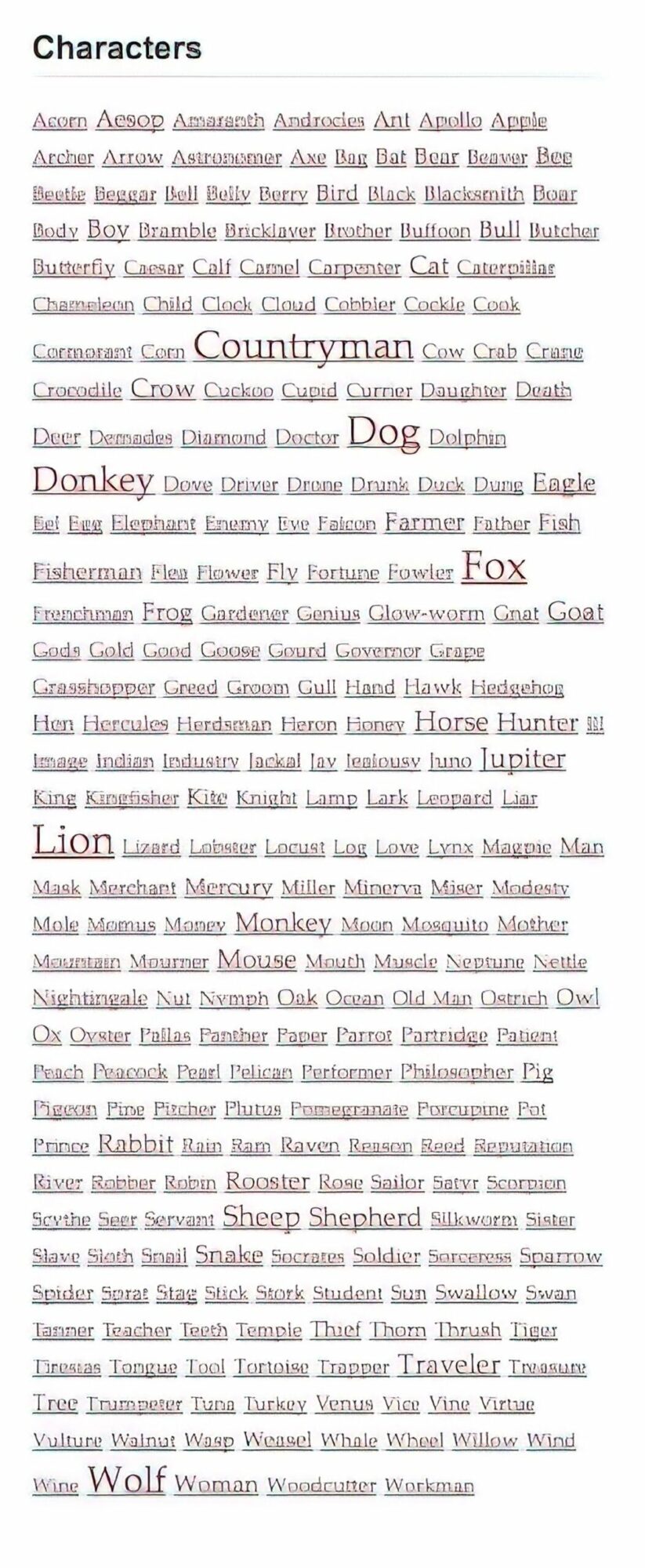
Rats are associated with different emotions, depending on the culture. Ancient Japan had a good relationship with rats, though I have no idea why — didn’t rats get into everyone’s food stocks… a life or death matter back then? It may be precisely the power of rats that affords them respect, and respect can be associated with good fortune, I guess.
RATS AS COCKNEY RAG AND BONE TYPES
The rats from Chicken Run speak Cockney English, are underworld petty criminal scavenger types and are used to deliver funny one-liners.
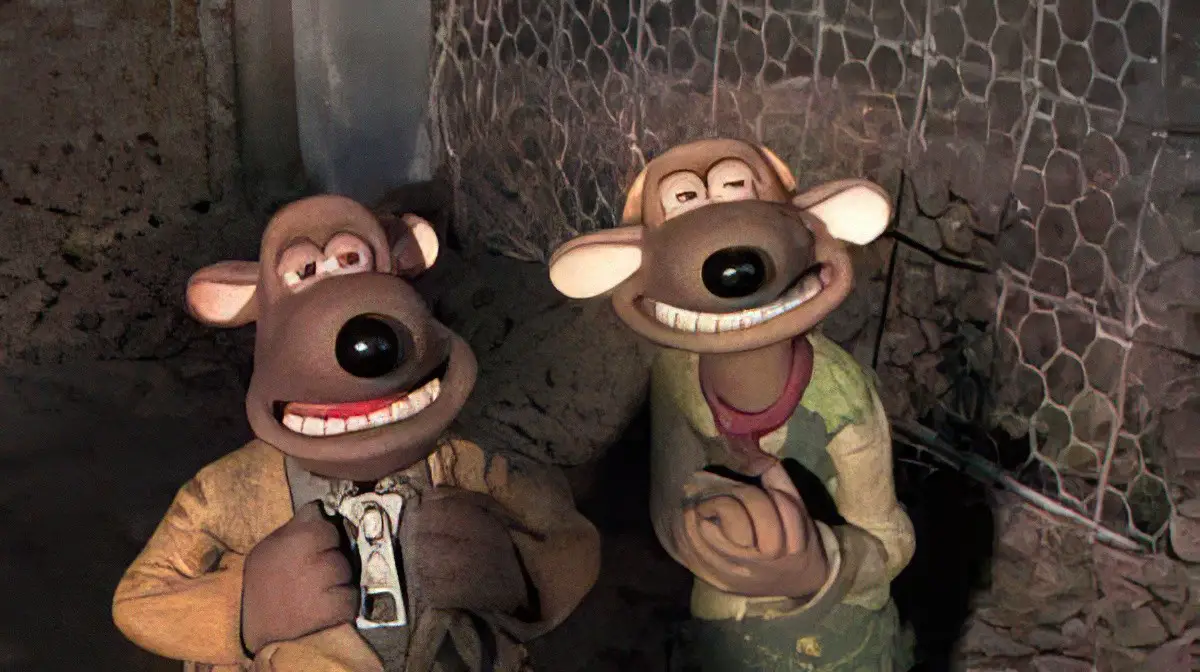
If these guys were characters in a children’s story they would be rats.
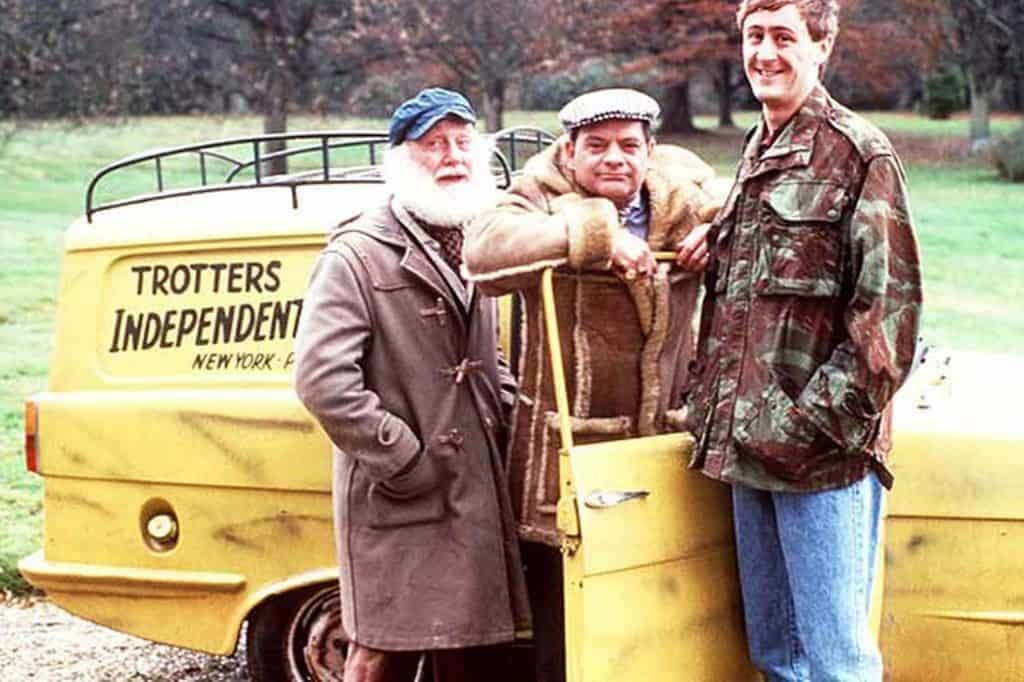
Charlotte’s Web was probably a heavy influence on the rat as rag and bone man today, via the character of Templeton.
Rats = Masculine, Mice = Feminine
The characters in Froggy Went A-Courtin (here we have the 1955 illustrations) are a good example of rodent gendering in children’s stories. The mice is infantalised in what today seems ridiculously old-fashioned, but which was no doubt representative of its time. No one knows exactly when the original song was first composed, but it was long before 1955.
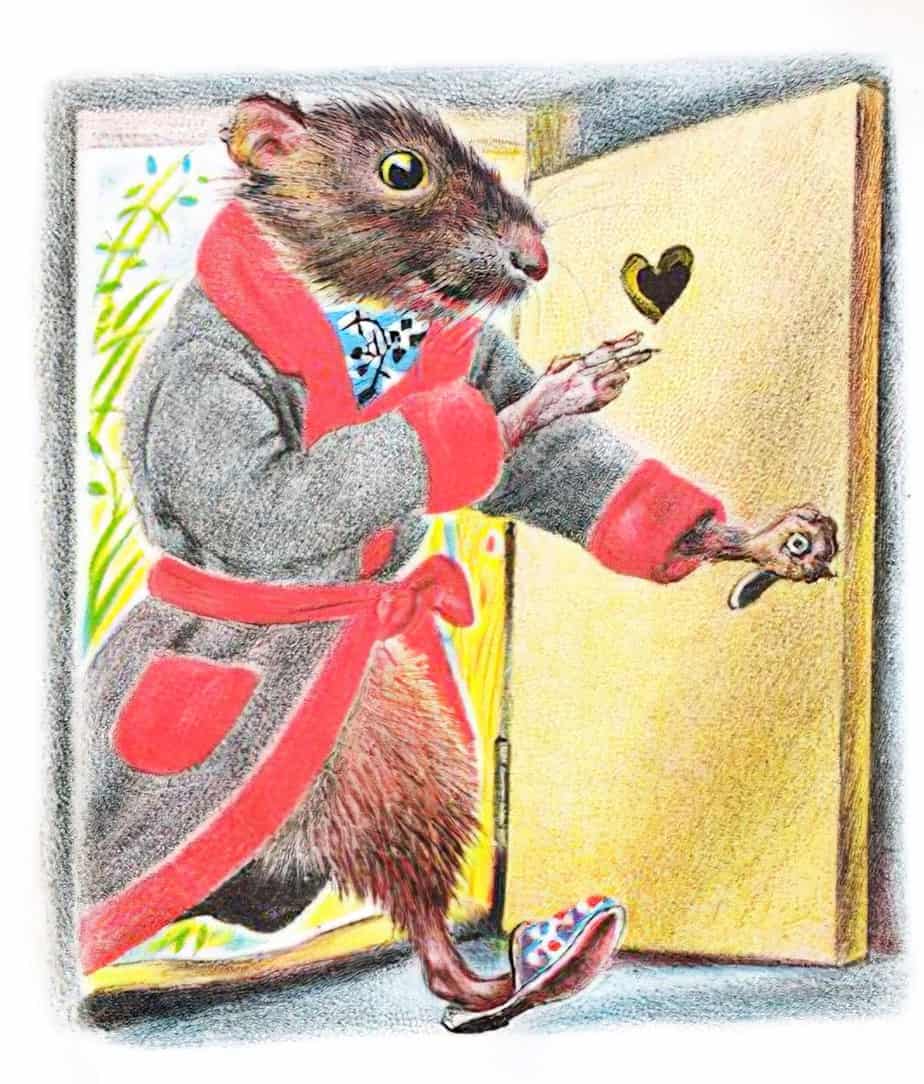
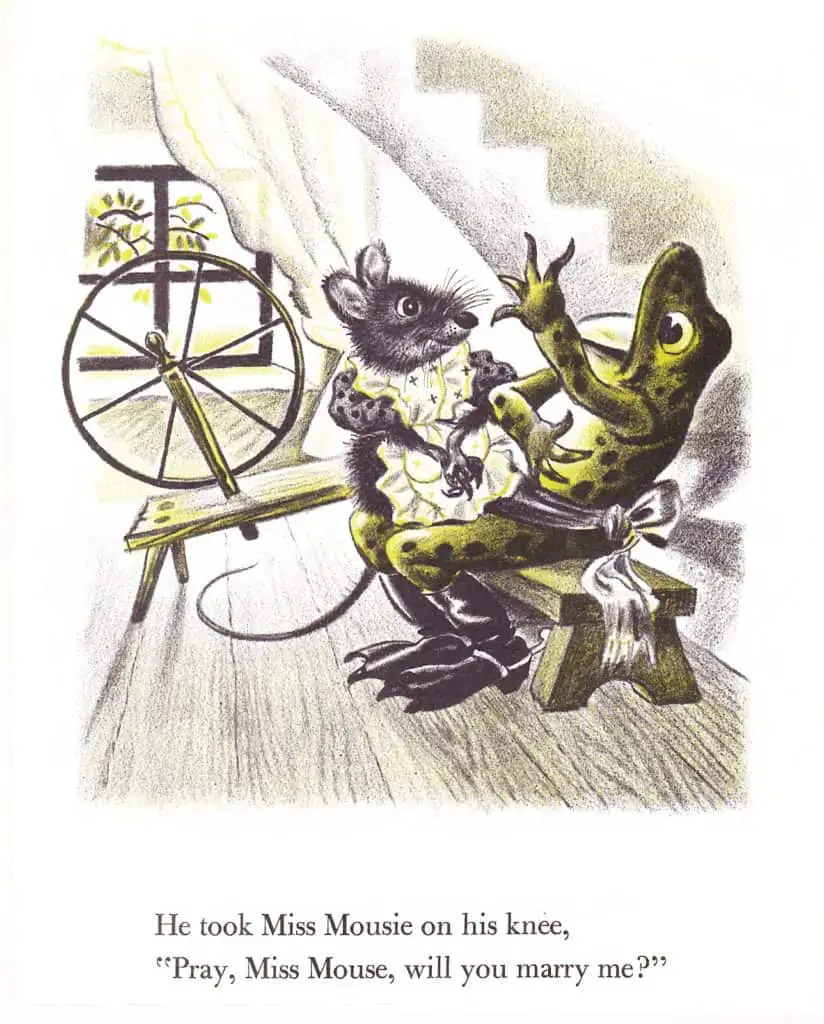
That said, it wasn’t unusual for Americans to see pictures of women on men’s knees in popular culture, and it wasn’t always a loving dynamic such as this one.
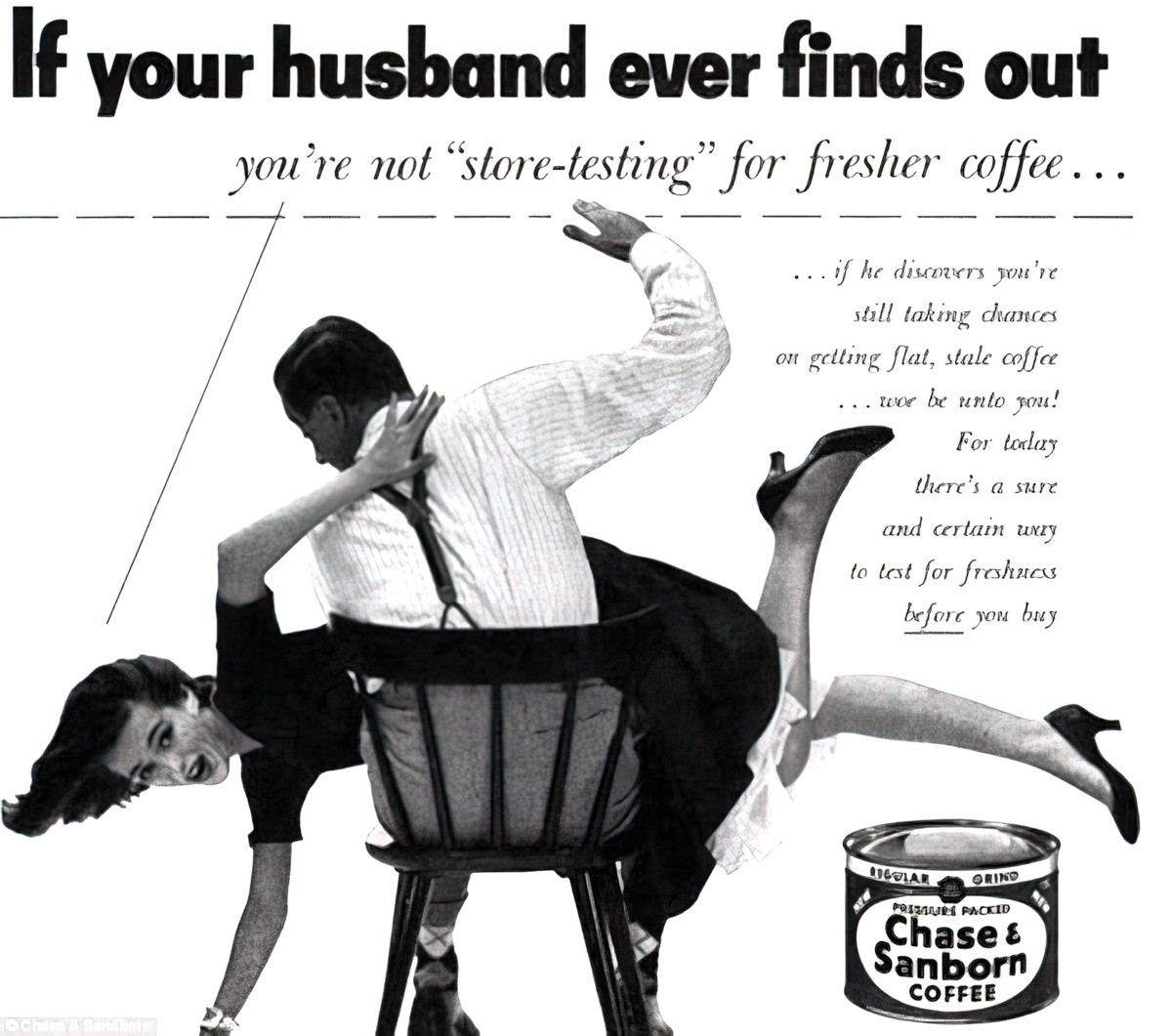
THE RAT TROPE SUBVERTED
Because the rat as baddie is so well established, an author can subvert audience expectations by creating a nice, kind, loving rat.
Andrew McDonald does this in Real Pigeons Splash Back, illustrated by Ben Wood. The pigeon crime fighters are scared of rats. This is established early as they prepare to head into the sewers. Eventually they come face to face with the dreaded rats… first a female rat who pulls them out of the water and dries them off nicely with towels.
Mo Willems also subverts the stereotype of a rat by creating a lovable Naked Mole Rat — check out photos and the animal is about the least cute mammal I can think of.
